We recently connected with Hammad Abid and have shared our conversation below.
Hammad, thanks for taking the time to share your stories with us today What were some of the most unexpected problems you’ve faced in your career and how did you resolve those issues?
One of the most profound and unexpected challenges I faced in my creative journey as a textile designer was the dramatic shift in my career trajectory—from finance and commerce to fine arts and design. This transition was not merely a change in profession but a complete reorientation of my identity, skills, and worldview. I hold a bachelor’s degree in finance and commerce, and after graduating, I entered the finance industry, as expected. However, it didn’t take long for me to realize that I felt profoundly out of place in that world. The structured, numbers-driven environment left me yearning for something more tactile, expressive, and aligned with my deeper passions.
From a young age, I had been immersed in the craft of weaving, a skill passed down through my family. This hands-on connection to textiles had always been a source of joy and fulfillment for me, and it eventually became the catalyst for my decision to pivot entirely. I made the bold choice to pursue a Master of Fine Arts in Textile Design at the Rhode Island School of Design (RISD). This decision, while exhilarating, was also daunting. I had no formal background in fine arts, no training in painting or drawing, and no prior exposure to the conceptual frameworks that underpin artistic practice. Yet, I found myself stepping into a world where creativity was not just encouraged but demanded at the highest level.
The first semester at RISD was, without exaggeration, a baptism by fire. I was surrounded by an incredibly talented cohort of individuals from around the globe, many of whom had spent years honing their artistic skills and developing their creative voices. In contrast, I felt like an outsider, struggling to keep up with even the most basic assignments. I vividly remember one particular moment in a color studio class that encapsulated my initial struggles. The assignment was to create a stripe pattern inspired by a natural landscape, one that evoked a specific emotional response. As the professor discussed the work of Bridget Riley, a renowned artist known for her optical illusions and mastery of color, she described the visceral feelings Riley’s stripes elicited in her. I sat there, staring at the same image, utterly bewildered. I couldn’t see what she saw or feel what she felt. It was as though we were inhabiting entirely different worlds, and I questioned whether I even belonged in that room.
Compounding this sense of inadequacy was the sheer technical challenge of the work. I had never held a paintbrush before, yet I was expected to produce large-scale paintings—5 feet by 6 feet—as part of the curriculum. The physical and mental effort required to complete these tasks was immense. It would take me three times as long as my peers to finish assignments, and even then, I often felt dissatisfied with the results. The gap between my vision and my ability to execute it felt insurmountable.
Yet, it was in this crucible of doubt and difficulty that I began to forge a new approach—not just to art, but to life. I cultivated an attitude of patience and resilience, learning to embrace failure as a necessary part of growth. Rather than comparing myself to others, I focused on my own journey, allowing curiosity to guide me. I took foundation classes to build the skills I lacked, slowly but steadily integrating these new tools into my design process. I learned to see each misstep not as a setback but as a steppingstone, a lesson that brought me closer to understanding my unique creative voice.
By the end of my time at RISD, I had developed an iterative design process that was distinctly my own—one that blended my technical grounding in weaving with the conceptual rigor I had acquired through my interdisciplinary studies. This process became the foundation of my practice as a textile designer, allowing me to create work that is both deeply personal and universally resonant. Looking back, those early struggles were not just obstacles; they were the very experiences that shaped me into the artist I am today. They taught me that creativity is not about innate talent but about persistence, adaptability, and the courage to embrace the unknown.
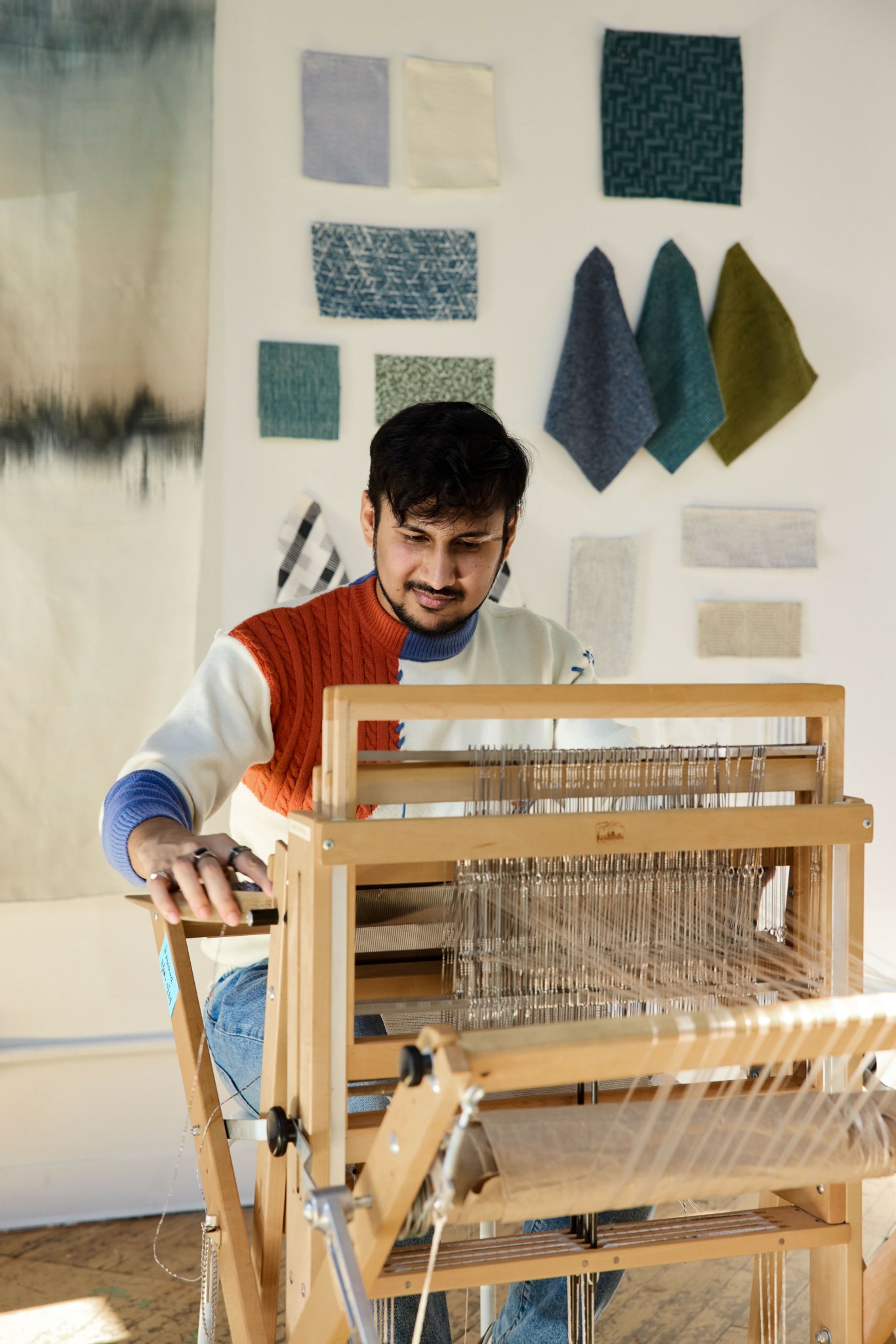
As always, we appreciate you sharing your insights and we’ve got a few more questions for you, but before we get to all of that can you take a minute to introduce yourself and give our readers some of your back background and context?
As a fifth-generation weaver hailing from a family deeply rooted in India’s rich textile traditions, I am a multidisciplinary artist and New York-based designer dedicated to redefining the boundaries of woven fabrics. My heritage is the heartbeat of my practice, grounding me in the timeless artistry of craftsmanship while propelling me to explore innovative intersections of design, art, and materiality.
In my professional practice as a textile designer, I specialize in creating fabrics for both contract and residential applications. My work is driven by a deep understanding of fibers, weave structures, and the technical intricacies of fabric construction, combined with a relentless pursuit of innovation and sustainability. I design high-performance textiles that are not only visually captivating but also durable and functional, tailored to meet the demands of modern spaces.
A key focus of my work is reimagining the materiality of textiles. I experiment with integrating unconventional materials into weave structures, creating fabrics that transcend traditional aesthetics and functionality. These textiles can be lighter, stronger, sound-absorbent, or even sculptural, unlocking new possibilities for how woven materials can be used. This fusion of heritage and innovation is where I find my greatest inspiration, as I bridge the ancient art of weaving with contemporary design to create fabrics that are both meaningful and transformative.
In contrast to my design work, my fine art practice is an experimental exploration of textiles as a medium for storytelling and expression. Drawing inspiration from architectural forms, I create three-dimensional handwoven sculptures that challenge the conventional perception of textiles as flat, utilitarian objects. These works explore themes of structure, memory, and the passage of time, inviting viewers to experience textiles in unexpected and evocative ways. Through my art, I aim to elevate woven materials into a realm of artistic expression, showcasing their potential to transcend functionality and evoke emotion.
Whether I am designing textiles for functional spaces or crafting artistic installations, my goal is to inspire a deeper appreciation for the artistry and potential of woven materials. By honoring the traditions of my heritage while embracing innovation, I seek to create work that bridges the past and the future, offering new ways to engage with the enduring beauty and versatility of textiles.
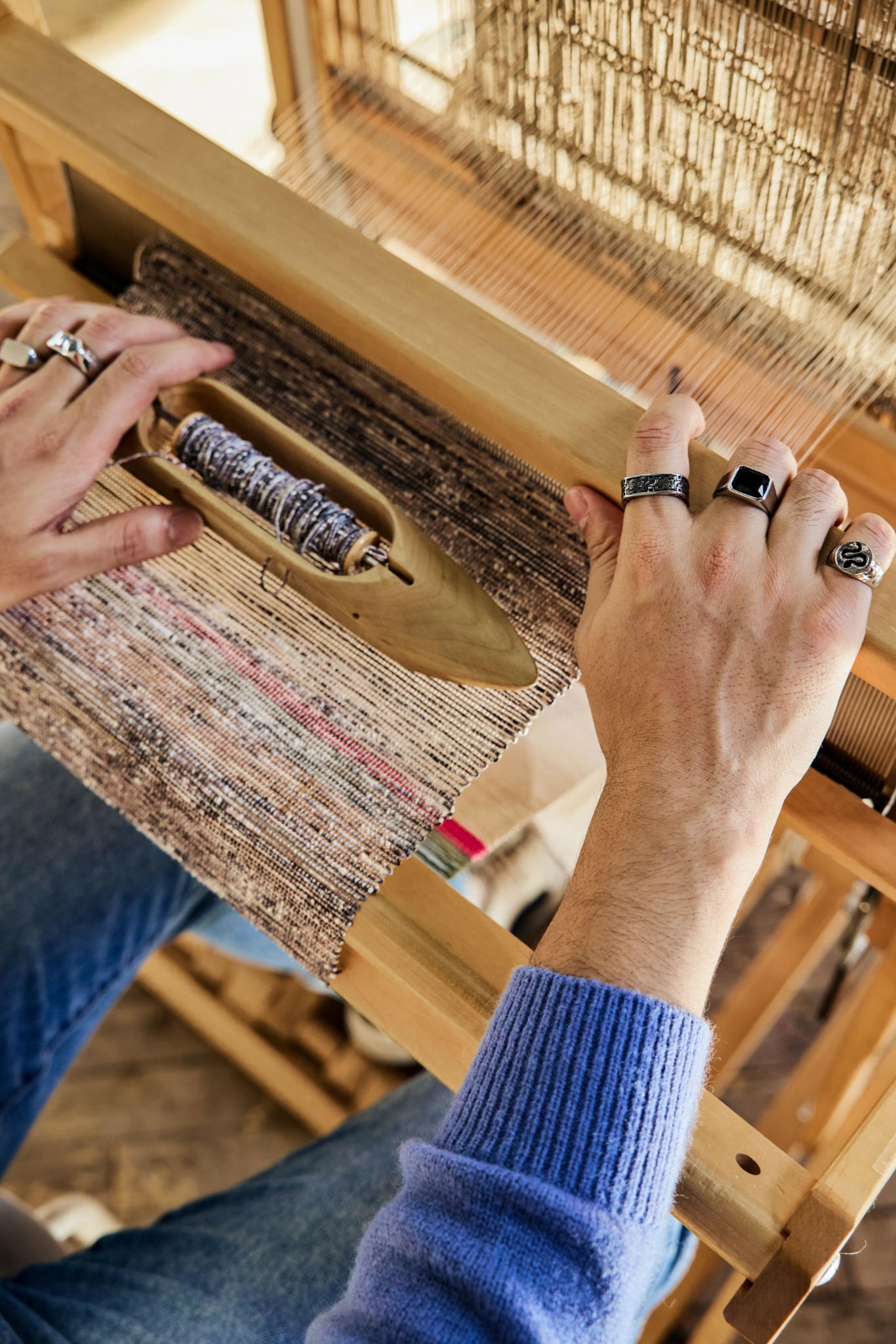
What do you find most rewarding about being a creative?
For me, the most rewarding aspect of being an artist and creative is the ability to cultivate a perspective that is deeply personal and uniquely my own—a perspective that permeates not only my creative practice but also my personal life. This sense of individuality and self-awareness brings a profound sense of fulfillment, as it allows me to continuously explore and refine my identity, values, and philosophy. Through my work, I am constantly engaging with questions of who I am, what I stand for, and how I relate to the world around me. This introspective process is not just a creative exercise but a life-affirming one, shaping how I navigate both my art and my existence within society.
My artistic practice is inherently driven by curiosity—a relentless desire to venture into the unknown and challenge the conceptual frameworks and societal norms that often feel imposed or limiting. I thrive in spaces of uncertainty, where the path forward is unclear, and the outcome is undefined. This embrace of the unknown is both exhilarating and daunting, but it is precisely within this ambiguity that I find the most growth and discovery. Over time, I have developed a design and artistic process that serves as a compass, guiding me through these transitional phases of uncertainty and allowing me to arrive at outcomes that are often surprising, innovative, and, at times, breathtaking.
This process of exploration and creation is not confined to my studio or my work; it extends into my personal life, shaping how I approach challenges, relationships, and self-reflection. The same curiosity that fuels my art encourages me to question assumptions, seek deeper understanding, and remain open to new possibilities in all aspects of life. It is through this lens that I find meaning and purpose, not just as an artist but as an individual navigating the complexities of existence.
Ultimately, the most rewarding part of being creative is the ability to transform uncertainty into clarity, chaos into beauty, and questions into revelations. It is a journey of continuous evolution, where the act of creation becomes a mirror reflecting my innermost self and a bridge connecting me to the world. This interplay between art and life, between the known and the unknown, is what makes being an artist not just a profession but a way of being—a way of living with intention, curiosity, and an unwavering commitment to authenticity.
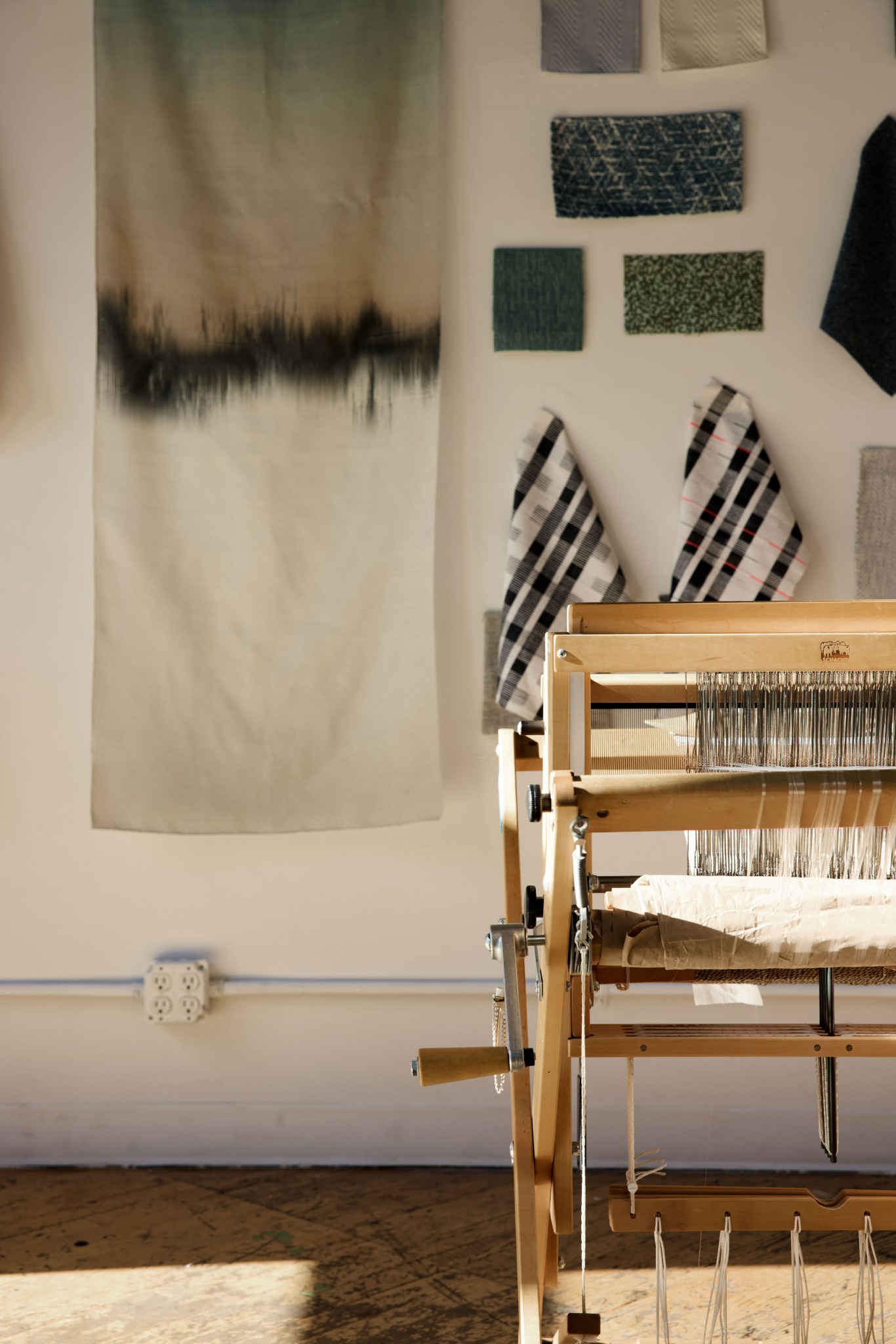
Learning and unlearning are both critical parts of growth – can you share a story of a time when you had to unlearn a lesson?
One of the most transformative lessons I’ve had to unlearn is the deeply ingrained belief that artists are born with innate talent—that creativity is a gift reserved for a select few rather than a skill that can be developed through dedication, practice, and resilience. This myth, which I carried for much of my life, became a barrier I needed to dismantle to fully embrace my creative journey. I’ve come to understand that artistry, like any discipline, is not about inherent genius but about cultivating a way of thinking, seeing, and doing through curiosity, effort, and a willingness to embrace failure as part of growth.
Growing up, I absorbed the idea that creativity was a fixed trait—something you either had or didn’t. This notion was reinforced by societal narratives that romanticize the “natural-born artist,” often ignoring the years of hard work, experimentation, and persistence that truly define creative practice. When I transitioned from finance to art, this belief made the shift feel daunting, as I lacked formal training and doubted my place in a world that seemed to demand innate talent.
Through countless hours of practice, experimentation, and reflection, I began to develop my own artistic voice. I learned to approach creativity as a mindset—a way of engaging with the world that values curiosity, exploration, and growth. I took foundational classes to build my skills, sought feedback from mentors and peers, and allowed myself the freedom to make mistakes and iterate. Over time, I discovered that the most rewarding creative breakthroughs come from pushing through uncertainty and embracing the unknown, rather than waiting for inspiration to strike.
Unlearning the myth of innate talent has been profoundly liberating, reshaping not only my creative practice but also my perspective on life. It has taught me that growth and mastery are achievable in any field with effort, resilience, and an open mind. This lesson has redefined how I view creativity, success, and my own potential, reminding me that the journey of becoming is as important as the destination. Creativity, I’ve realized, is not a gift you’re born with—it’s a skill you nurture, a path you choose, and a way of being that transforms not only your work but also your understanding of yourself and the world.
Contact Info:
- Website: https://www.hammadabid.com/
- Instagram: https://www.instagram.com/abid.hammad/
- Linkedin: https://www.linkedin.com/in/hammad-abid-97a811117/
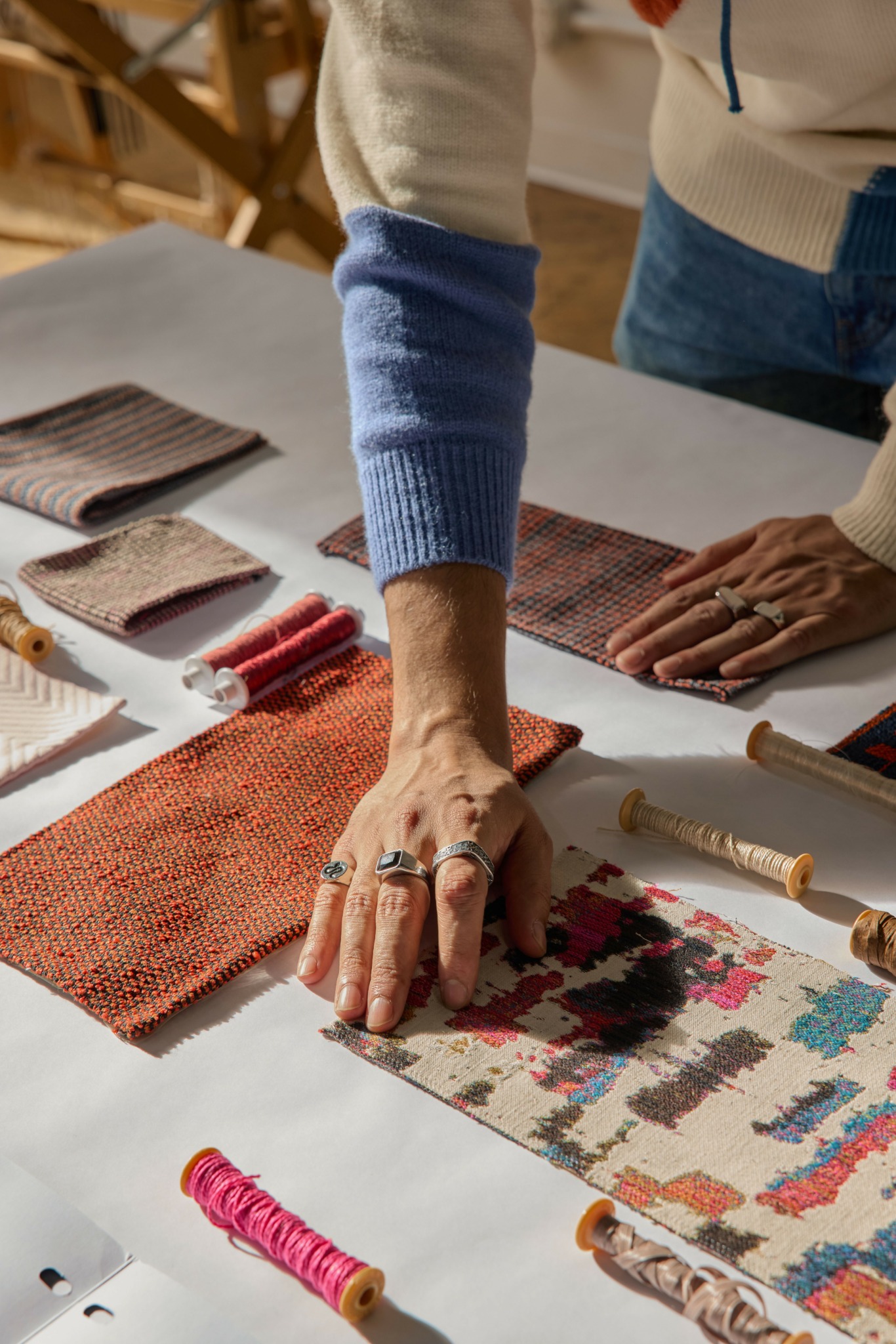
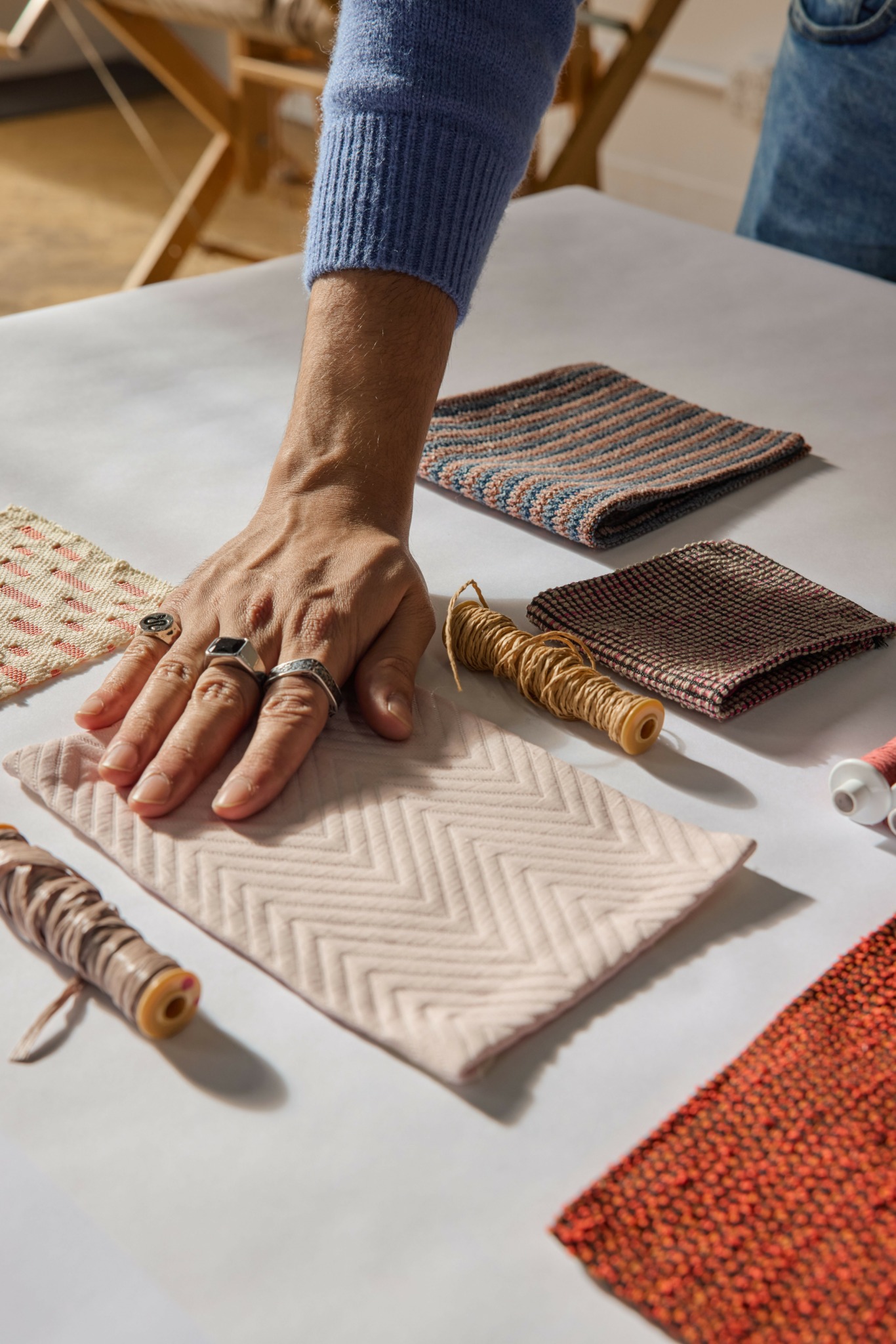


Image Credits
Image Credits: Jordan Petsy from Studio Lavoo


